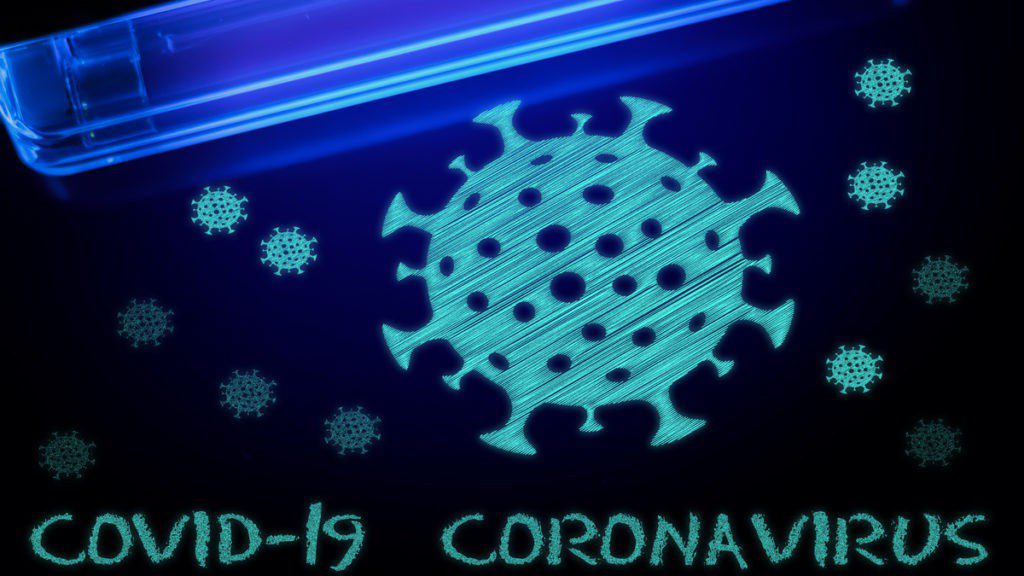
According to a report from Columbia News, a new technology that zaps airborne viruses with a narrow wavelength band of UV light shows future potential for reducing COVID-19 transmission indoors.
The technology is currently being developed by Columbia University’s Center for Radiological Research and it utilizes lamps that projects a particular, continuous low-dose wavelength of UV light to fight coronavirus, known as far-UVC. This technology can kill bacteria and viruses without harming the human skin, eyes, or other tissues – a main concern with conventional UV lights.
David Brenner, the Higgins Professor of Radiation Biophysics and Director of the Center for Radiological Research at Columbia University, has mentioned “Far-UVC lights have the potential to be a game changer. It can be safely used in occupied public spaces, and it kills pathogens in the air before we can breathe them in.”
The team of researchers have shown that Far-UVC is effective in eradicating two different types of airborne seasonal coronaviruses. They are now testing the light against the SARS-CoV-2 virus in collaboration with W. Ian Lipkin Director at the Center for Infection and Immunity
and Thomas Briese, Associate Professor of Epidemiology. Brenner expresses that the results so far, seem promising.
The team previously found the method effective in inactivating the airborne H1N1 influenza virus, as well as drug-resistant bacteria. Multiple, long-term animal and human studies have validated that exposure to far-UVC does not cause damage to the skin or eyes.
“Our system is a low-cost, safe solution to eradicating airborne viruses minutes after they’ve been breathed, coughed or sneezed into the air,” Brenner said. “Not only does it have the potential to prevent the global spread of the virus that causes COVID-19, but also future novel viruses, as well as more familiar viruses like influenza and measles.”